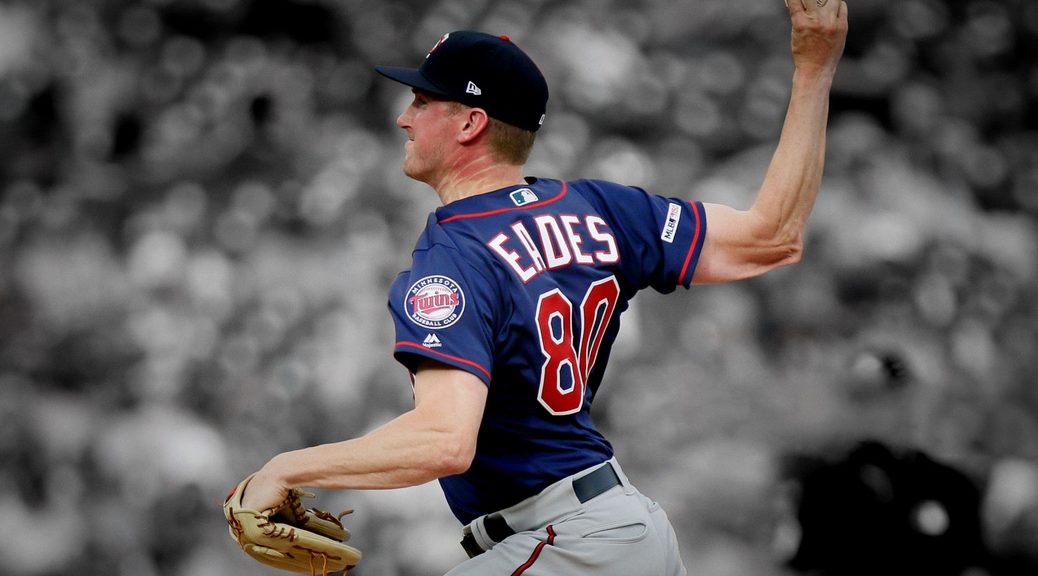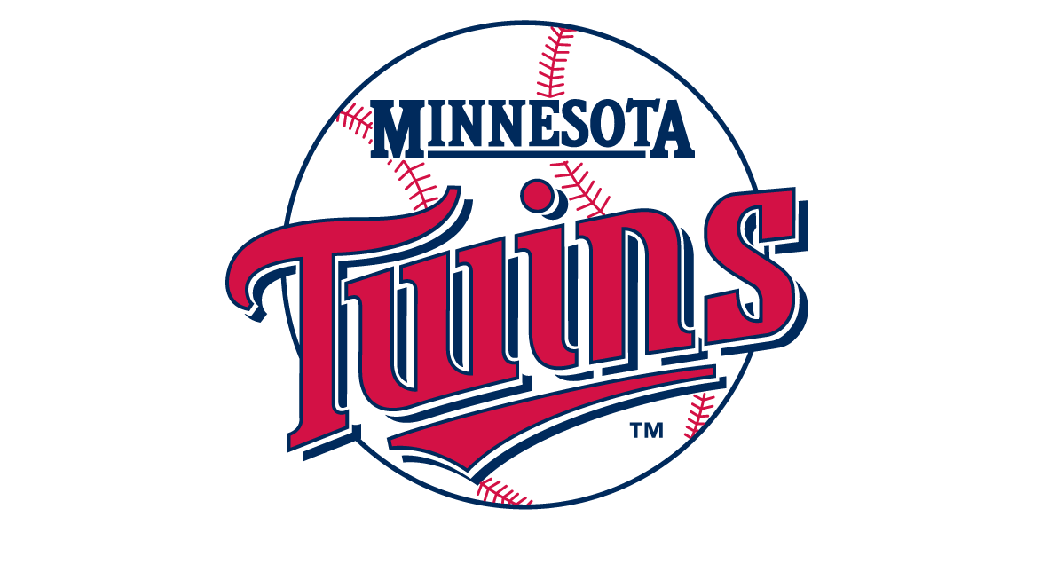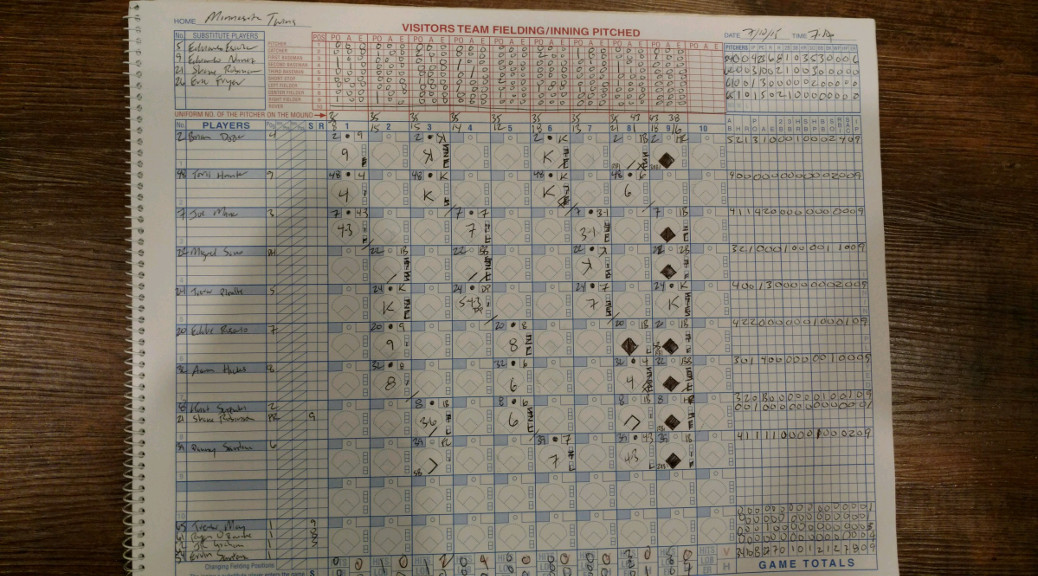It is year 8 of putting my pet project on the WGOM site, SBG put it on his old site a few years before that. For the first time ever on this site, I am updating with a new CENTRAL DIVISION CHAMP! A 101 win team means a lot of individual success and this year saw 11 new faces join the top300, by far the most I've ever added since I started making this list in 2005. This year's newcomers are Nelson Cruz, Jake Odorizzi, Luis Arraez, Ehire Adrianza, Michael Pineda, Marwin Gonzalez, CJ Cron, Trevor May, Jonathan Schoop, Tyler Duffey, and Martin Perez.
Cruz jumped all the way into the top100 at #91 based on his only year as a Twin (Currently the #2 best 1 year Twin on my list behind only Jack Morris). Joining him in the top100 are Eddie Rosario (up 16 spots to #60), Miguel Sano (up 31 spots right behind Eddie at #61), Jorge Polanco (up 83 spots to #65), Max Kepler (up 87 spots to #76), Kyle Gibson (up 5 spots to #81), Jose Berrios (up 49 spots to #83), and Byron Buxton (up 26 spots to #93).
Odorizzi wasn't a first year Twin but he jumped from non-ranked to #134 in his 2nd year as a Twin. He's joined in the 101-200 range by Taylor Rogers (up 123 spots to #115), Mitch Garver (up 139 spots to #130), rookie Luis Arraez (#192), and Jake Cave (up 84 spots to #196).
Newcomers in the 201-300 range include Adrianza (205), Pineda (218), Gonzalez (220), Cron (221), May (263), Schoop (272), Duffey (286), and Perez (292). Jason Castro also moved up 49 spots to #201.
Falling out of the top300 this year are Dave Edwards, Jim Nettles, Matt Garza, Joe Bonikowski, Freddie Toliver, Mark Portugal, Wayne Granger, Brian Buchanan, Willie Norwood, Pat Mahomes, and Chad Allen.
I stole the idea from when Aaron Gleeman started his top40 list over a decade ago, but just decided to expand to a nice big round 300. The below quote is his, and the rest is an excerpt from a book I put together at the 50 year mark. I’ve updated the list and stats through 2019.
“The rankings only include time spent playing for the Minnesota Twins. In other words, David Ortiz doesn’t get credit for turning into one of the best players in baseball after joining the Red Sox and Paul Molitor doesn’t get credit for being one of the best players in baseball for the Brewers and Blue Jays. The Twins began playing on April 11, 1961, and that’s when these rankings start as well.”
I used a variety of factors, including longevity and peak value. Longevity included how many years the player was a Twin as well as how many plate appearances or innings pitched that player had in those years. For peak value, I looked at their stats, honors, and awards in their best seasons, as well as how they compared to their teammates. Did they lead their team in OPS or home runs or ERA for starters or WPA? If so, that got some bonus points. I factored in postseason heroics, awards (gold gloves, silver sluggers, MVPs, Cy Youngs), statistical achievements (batting titles, home run leaders, ERA champs, etc), and honors (all star appearances), and I looked at team success as well. If you were the #1 starter on a division winning champ, that gave you more points than the #1 starter on a cellar dweller. I looked at some of the advanced stats like WPA, WAR (as calculated by fan graphs and baseball-reference.com), WARP (as calculated by Baseball Prospectus), and Win Shares (as calculated by Bill James). For hitters, I also looked at OPS and the old school triple crown statistics like batting average, home runs, stolen bases, and RBI (and not only where you finished within the AL in any given year, but where you appear on the top25 lists amongst all Twins in the last 59 years). For pitchers I looked at strikeouts, innings pitched, win/loss percentage, ERA as well as ERA+). If there was a metric that was used for all 58 years of Twins history, I tried to incorporate it. I tended to give more credit to guys who were starters instead of part time/platoon players, more credit to position players over pitchers (just slightly, but probably unfairly) and starters over relievers (and closers over middle relievers). There’s no formula to my magic, just looking at a lot of factors and in the end going with the gut in all tie-breakers. Up in the top10 I’m looking at All star appearances, Cy Young and MVP votes, batting average or ERA titles or top10 finishes, etc, and placement in the top25 hitting and pitching lists in Twins history as well. In the middle 100s, it’s more about who started a few more years or had 2 good seasons rather than 1 with possibly an occasional all-star berth or top10 finish in SB or strikeouts. Once you’re in the latter half of the 200s there are none of those on anyone’s resume, so its basically just looking at peak season in OPS+ or ERA+, WAR, Win Shares, and who started the most years, had the most at bats, or pitched the most innings. What the player did as a coach, manager, or broadcaster is not taken into consideration for this list, so Billy Martin, Tom Kelly or Billy Gardner weren’t able to make the top 300 since they were poor players and Frank Quilici and Paul Molitor didn’t improve his status due to his managing career.
Feel free to pick it apart and decide in your opinion, who was slighted, and who's overrated. I've updated with Garver and Cruz's silver sluggers and MVP votes for Cruz, Polanco, Rosario, and Kepler
Continue reading MINNESOTA TWINS TOP 300 TWINS OF ALL TIME: ONE MAN’S OPINION THROUGH 2019 SEASON →








